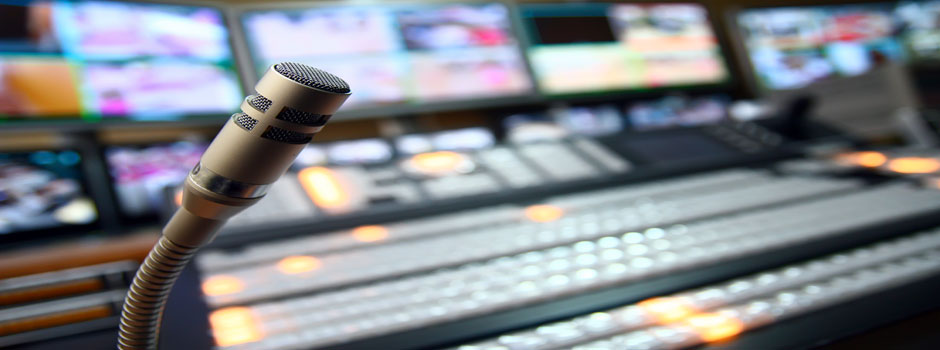From the shot to the sequence
The first step consists in choosing among the rushes the entry and exit point that allow to go from the shots to the rough shots that can be used in a sequence. Most of the time a single shot means nothing: for it to make sense, it must be put in a sequence, a series of shots, at least three of them, belonging to the same family of rushes.
The sequence shot is an exception to this rule : it’s a sequence in itself.
When editing, continuity, cutaway plans and some other processes are used for fluidity, to build back the three unities. There are tricks you can use to mark a change (in time, in space or in action) or to show clearly to the viewer that there’s a break in continuity (for an edited interview, for example).
Continuity
Technically, continuity is going from a shot to another. There’s a whole grammar of the image for this continuity to feel natural.
- Continuity of position (the camera axis stays put).
- Continuity of movement (emphasis on fluidity).
- “Shot on shot” continuity (fake shot : same shot value and same axis) : to be avoided.
The cutaway shot
It’s a pretext image stuck between two shots to avoid bad continuity or stitch up an edited interview. Editors hate the words “cutaway shots”: good editing can’t have meaningless shots.
Tricks and processes
News reporting mustn’t forego editing tricks :
- Slow down or speed up.
- Blurry/Clear.
- Fade in/out, fade to white/black.
- Solarization
All these tricks are irreplaceable processes for the editor who knows how to use them. However none of them make any sense save for particular editing: a slowed down shot doesn’t always mean “poetry”, a fade to black doesn’t always mean flashback. Such processes take their full meaning in the package. Used gratuitously or for stereotypes, they quickly become parasites.
Once the sequences are juxtaposed, the timeline helps you visualize the efficiency and fluidity of the sequences, the rhythm of the package and the interlacing of images and sound.
|
Voice-over |
ITW |
Key sound (Ambiance) |
Voice-over |
On set journalist |
|
Illustrations |
Frame of the ITW |
(Ambiance) |
XXXXXXXXXX |
Placement shot |
– The shot with the face of an actor shot neutrally seems to brighten when the editing puts before and after that shot shots of lascivious women and tables with lots of food on them.The« Koulechov » effect shows the different meanings a same shot takes when put in different contexts :
– On the contrary, the same shot put amongst tombstones and ruins, the actor’s face feels more somber.
What the Koulechov effect teaches us is that a shot takes its meaning from its juxtaposition next to other shots. This is a fundamental principle of editing.

